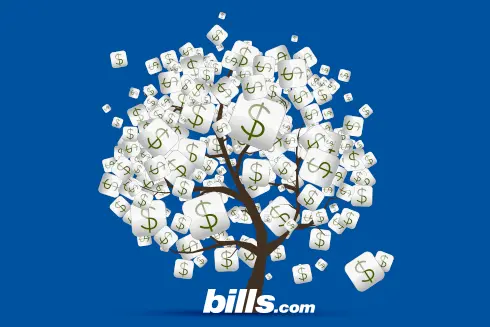- Understand the total cost of a mortgage loan refinance.
- A refinance can lower the total cost of your mortgage loan significantly.
I am interested in consolidating (refinancing) my mortgage and my home equity line of credit.
I am interested in consolidating (refinancing) my mortgage and my home equity line of credit. What are the primary things I need to keep in mind and watch out for when I do it? Thank you.
The first recommendation I make to anyone obtaining new credit, such as a refinance loan, is to shop around with several different lenders to find the best deal available. Currently, the average interest rate on a 30 year fixed rate mortgage is around 6%. Depending on your credit score, your interest rate will be more or less than average. For example, if you fall into the "sub-prime" category, meaning your credit score is below 620, you should expect to pay more than the interest rate charged to borrowers with excellent credit. Keep in mind that certain types of mortgages use a teaser rate, usually charged for the first two to five years of the loan, to put borrowers in homes they may not be able to afford. In order to analyze what your mortgage will truly cost, you need to analyze what your interest rate will be once your initial rate expires.
If you want an introduction to pre-screened mortgage lenders, Bills.com makes it easy to compare mortgage offers and different loan types. Please visit the Bills.com mortgage refinance loan page and find a loan that meets your needs, or see the table below:
As you begin shopping for a loan, I encourage you to read up about predatory lending practices.
Common techniques used by predatory lenders include demanding more fees at closing than originally estimated, over-appraising a home to increase the amount of the loan, and many other deceptive practices. If you have good credit, you have less to worry about than borrowers with credit problems, but you should still watch for questionable practices.
If at all possible, you should try to stick with a conventional, fixed-rate mortgage, such as the standard 30-year fixed-rate loan. Many different types of non-conventional loans, which are marketed primarily to borrowers in the sub-prime credit category, are available in the market today. The most prevalent type of non-conventional loan is the adjustable rate mortgage, in which the interest rate increases periodically after the initial teaser rate period. Although the monthly payments on a conventional mortgage can start off being higher than non-conventional loans, the payments on conventional loans are predictable. It is much easier to plan for the future when you know exactly what your mortgage payment will be for the entire term of the loan.
No matter what your credit situation or the type of loan you intend to borrow, the key to making sure you obtain the best loan available is to shop around with different brokers and lenders. Listen carefully to the terms being offered by each lender, take notes, and compare the available loans side-by-side. Once you have selected a loan, make sure that the amount of fees and interest you agree to at closing are close to the estimate provided when you first inquired about the loan. If a lender tries to force you into a deal you feel uncomfortable about, feel free to walk away and take your business elsewhere.
To learn more about home refinance loans, I encourage you to visit the Bills.com Home Refinance Resources page where you will find a wealth of information about home refinance loans and the options available to consumers. Also, if you submit your contact information to the Bills.com Savings Center at the top of the page, we can have several pre-screened mortgage brokers contact you to discuss the loan options available to you.
I wish you the best of luck in finding a refinance loan that meets your needs. I hope that the information I have provided will help you Find. Learn. Save.
Best,
Bill
